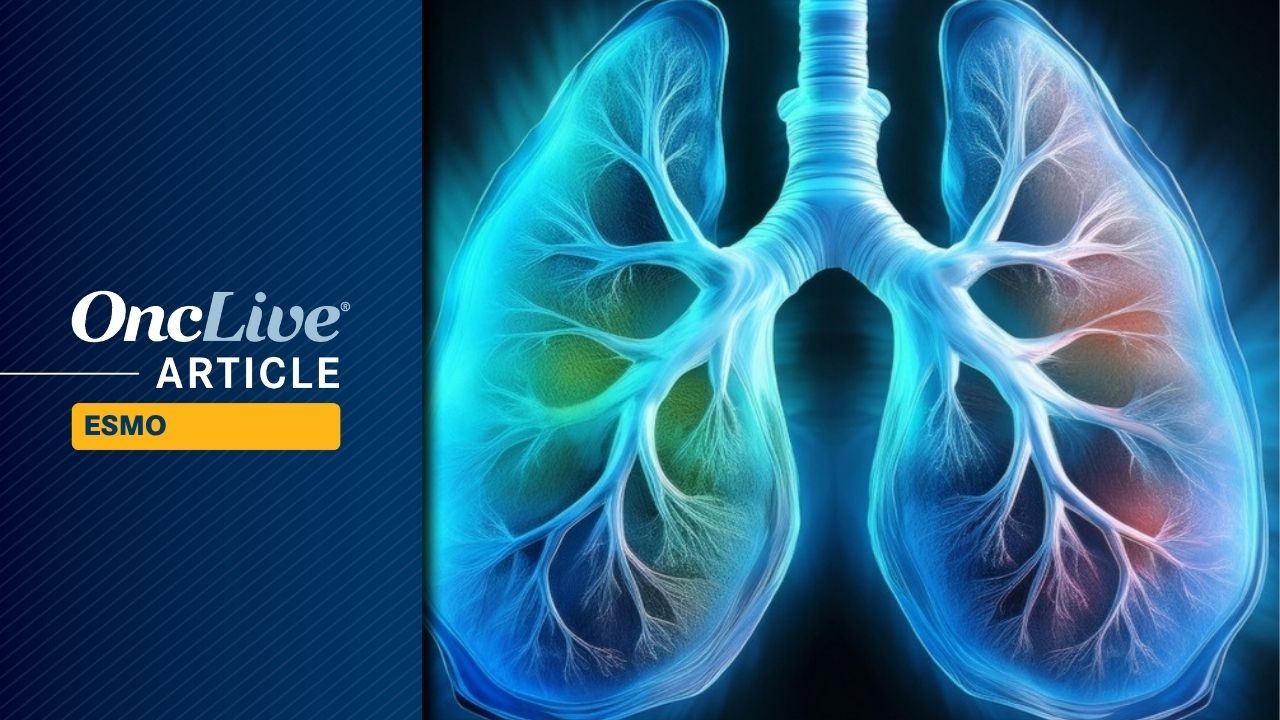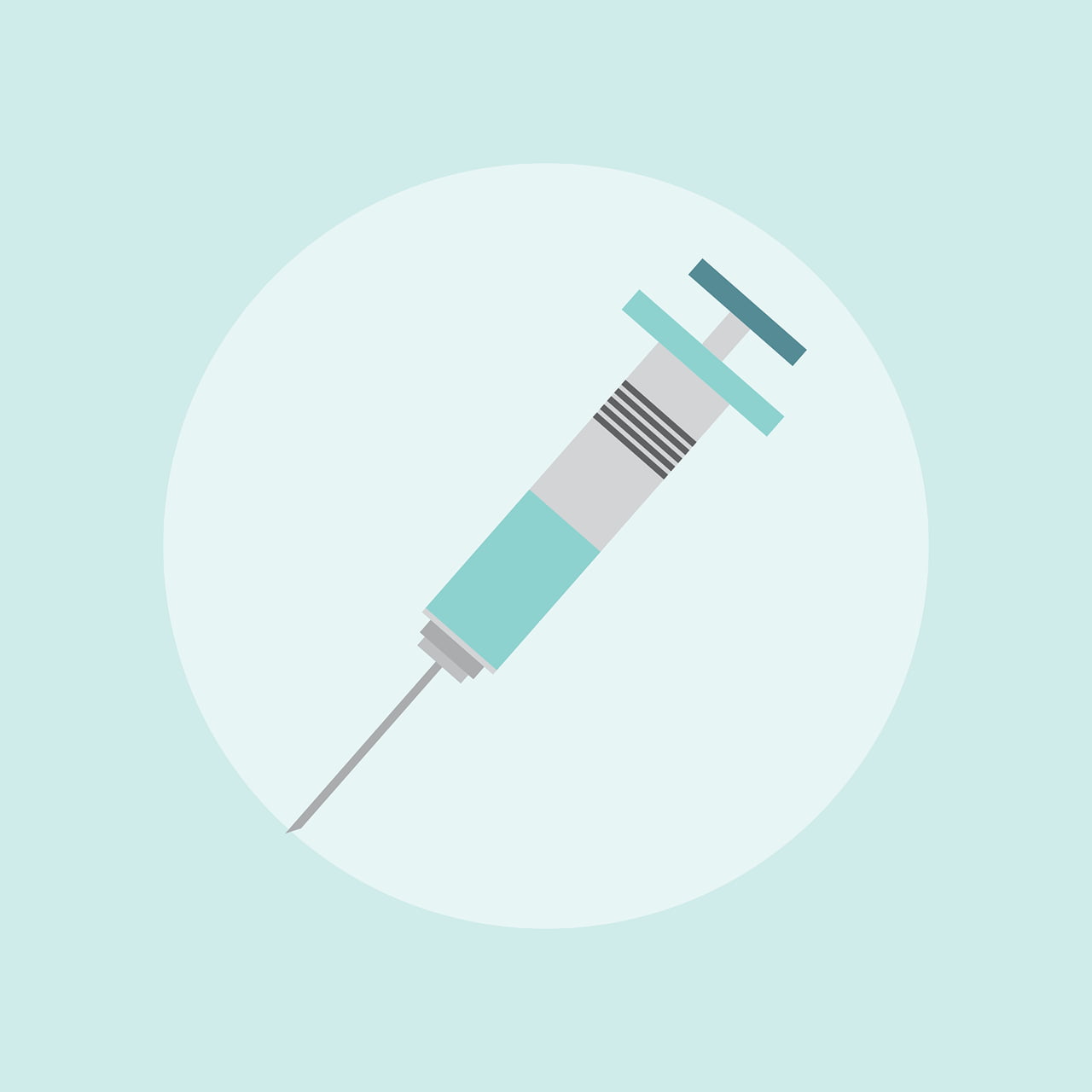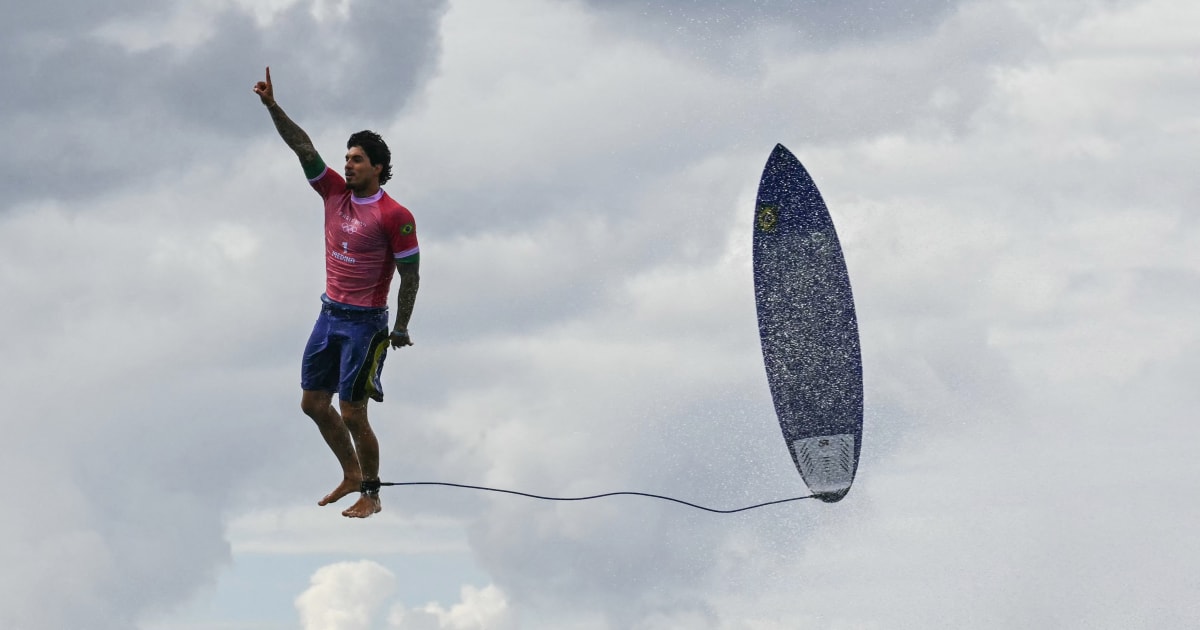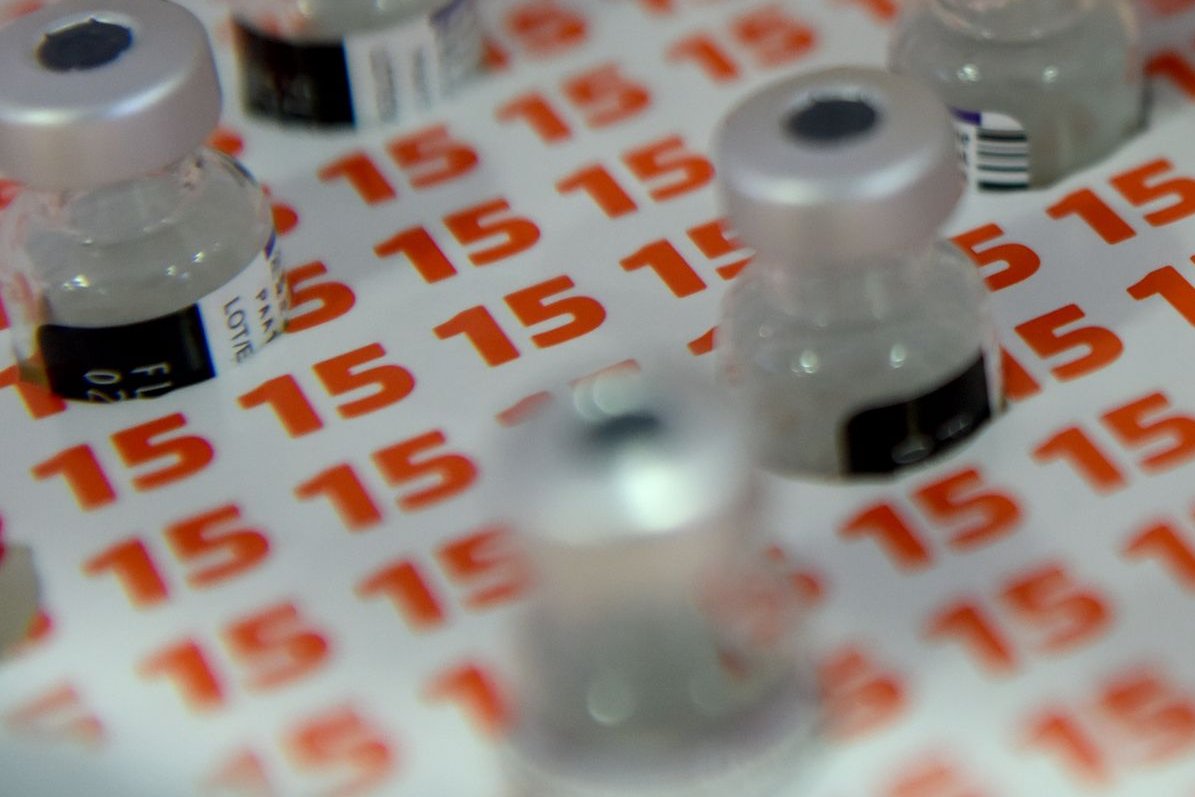Adjuvant treatment with alectinib (Alecensa) elicited a 4-year overall survival (OS) rate of 98.4% for patients with resected, ALK-positive, early stage non–small cell lung cancer (NSCLC), according to an updated analysis of the phase 3 ALINA study (NCT03456076) presented at the
At a median of 48 months of follow-up in the alectinib arm (n = 130) and 47.4 months in the chemotherapy arm (n = 127), the 4-year OS rate was 92.4% in the comparator chemotherapy group; however, 81.7% of patients in this arm had received a subsequent ALK inhibitor after recurrence, including 58.3% who received alectinib. The hazard ratio for OS between the 2 arms was 0.40 (95% CI, 0.12-1.32). The 4-year disease-free survival (DFS) rate was 75.5% with alectinib compared with 47.0% with chemotherapy, and the median DFS was not evaluable (NE; 95% CI, NE-NE) vs 41.4 months (95% CI, 30.6-NE), representing a 65% reduction in the risk of disease recurrence or death (HR, 0.35; 95% CI, 0.23-0.54).
“This slide may give you impression that you are in the wrong room. No, this is not a breast cancer session,” lead investigator Rafal Dziadziuszko, MD, PhD, from the Medical University of Gdansk in Poland, joked when showing the slide for OS. “This is a lung cancer session, which we hoped for, for so many years. This is due to the activity of alectinib, and also activity of ALK inhibitors in post-chemotherapy setting in those patients who relapsed.”
How was the ALINA study designed?
In the ALINA study, patients were randomly assigned 1:1 to receive adjuvant alectinib or platinum-based chemotherapy following the surgical resection of their ALK-positive NSCLC. Alectinib was administered twice daily at 600 mg for 2 years, and chemotherapy was given every 3 weeks for 4 cycles.
Investigator-assessed DFS in the intention-to-treat population (comprising patients with stage IB to IIIA disease), as well as the subgroup of patients with stage II to IIIA disease, served as the primary end point. Central nervous system (CNS) DFS and OS were secondary end points.
Baseline patient characteristics were balanced between the arms, with patients being slightly younger than in other studies of lung cancer. In the alectinib group, 79% of patients were below the age of 65, and 65% were never smokers. The ECOG performance status was 0 (55%) and 1 (45%), and the most common stage at diagnosis was III (53%). N2 status was seen in nearly half of patients (49%), and most had nonsquamous histology (95%). Lobectomy was the most utilized surgical procedure (97%).
Following recurrence, 24 of 31 patients in the alectinib arm (77.4%) and 55 of 60 in the chemotherapy arm (91.7%) received a subsequent therapy. For the chemotherapy group, 81.7% of these treatments were ALK inhibitors, with 61.3% of patients receiving a subsequent ALK inhibitor in the alectinib arm. For alectinib, 29% of patients received subsequent chemotherapy. Radiotherapy was used for 25.8% of those in the alectinib arm following recurrence and for 16.7% in the chemotherapy arm.
What additional data were reported in the long-term ALINA analysis?
For patients specifically with stage II through IIIA disease, the DFS rate at 4 years was 74.5% with alectinib compared with 46.3% with chemotherapy; the median DFS was NE (95% CI, 59.6-NE) and 41.4 months (95% CI, 30.6-67.2), respectively. (HR, 0.36; 95% CI, 0.23-0.56). DFS favored alectinib across all subgroups, including for stages, nodal status, and race, Dziadziuszko noted.
The CNS DFS was also improved with alectinib in the ITT population, with a 63% reduction in the risk of this event occurring with the ALK inhibitor (HR, 0.37; 95% CI. 0.19-0.74). The 4-year CNS DFS rate was 90.4% with alectinib compared with 76.1% with chemotherapy.
“This is an important end point, since ALK-positive disease has a predominance for brain dissemination,” said Dziadziuszko.
Adverse effects were similar to prior assessments of the study, said Dziadziuszko. In the label, the most common adverse reactions were hepatotoxicity, constipation, myalgia, COVID-19, fatigue, rash, and cough.2
“Alectinib continues to demonstrate a robust and durable disease-free survival benefit over chemotherapy, with an HR that is consistently below 0.40, and also benefiting the reduction of risk of CNS recurrence,” Marcello Tiseo, MD, PhD, Department of Medicine and Surgery at the University of Parma in Italy, said during a discussion of the results. “OS data are still immature, but the magnitude and durability of DFS improvement, coupled with a well-tolerated safety profile, reinforce alectinib as a standard of care for resected ALK-positive NSCLC.”
In reference to the OS data, Tiseo proposed more work should be done to examine the duration of therapy, as many of the progression events occurred only after treatment was stopped at 2 years. “The 4-year OS [rate] of [98.4]% and in particular the trend toward improvement in OS despite [most] patients receiving a TKI at recurrence suggests the possibility of curing these patients,” he said.
Based on an earlier assessment of the ALINA trial,
References
- Dziadziuszko R, Solomon BJ, Wu Y-L, et al. Updated results from the phase III ALINA study of adjuvant alectinib vs chemotherapy (chemo) in patients (pts) with early-stage ALK+ non-small cell lung cancer (NSCLC). Presented at: 2025 ESMO Congress; October 17-21, 2025; Berlin, Germany. Abstract 1787MO.
- FDA approves alectinib as adjuvant treatment for ALK-positive non-small cell lung cancer. FDA. April 18, 2024. Accessed October 20, 2025. https://www.fda.gov/drugs/resources-information-approved-drugs/fda-approves-alectinib-adjuvant-treatment-alk-positive-non-small-cell-lung-cancer








